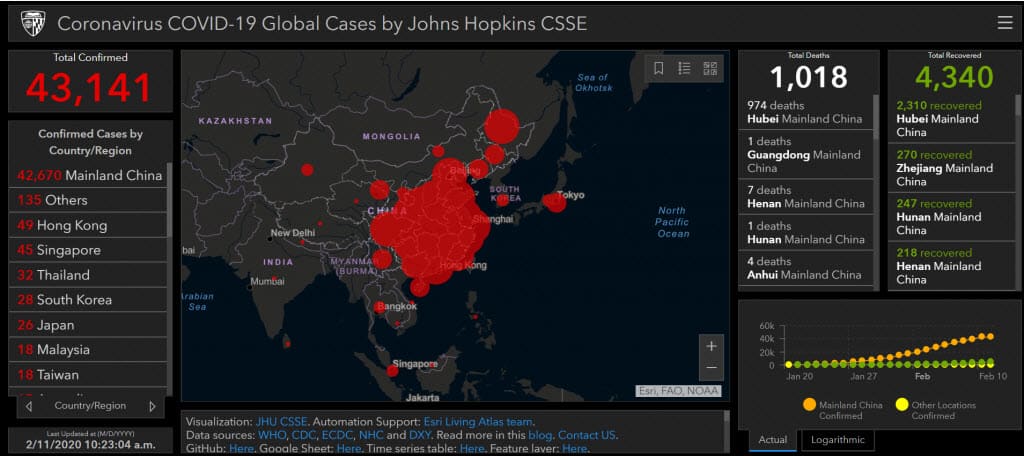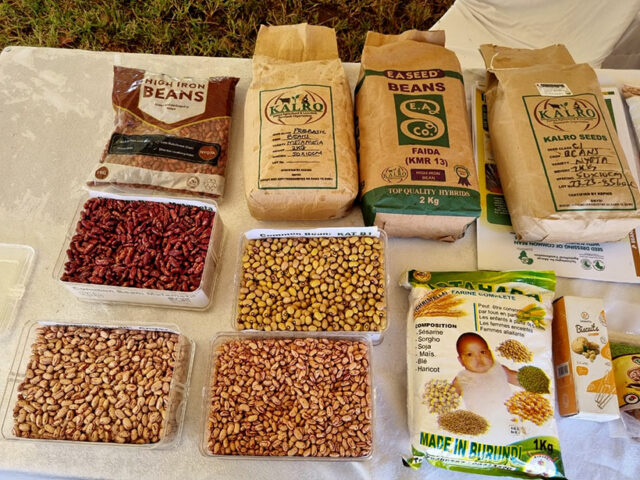
The current novel coronavirus pneumonia (COVID-19) outbreak originated from a seafood and wild food wet market in Wuhan and has quickly spread across China and to at least 25 other countries, causing more than 1,000 deaths (virtually all in China). China has imposed controls on movement both within its borders and at international boundaries to contain the disease. While these measures are necessary, they could potentially lead to hiccups in food and nutrition security. Pandemics like Ebola, Severe Acute Respiratory Syndrome (SARS), and Middle East Respiratory Syndrome (MERS) all had negative impacts on food and nutrition security—particularly for vulnerable populations including children, women, the elderly, and the poor. For example, when Ebola began to hit Guinea, Liberia, and Sierra Leone in 2014, rice prices in those countries increased by more than 30%; the price of cassava, a major staple in Liberia, skyrocketed by 150%. In 2003, the SARS outbreak delayed China’s winter wheat harvest by two weeks, triggering food market panics in Guangdong and Zhejiang, though production and prices were largely unaffected in the rest of China.
Since the beginning of the outbreak in December, food prices have remained stable in Wuhan, in Hubei province—and in fact, all over China. Supplies of staples, fruits, vegetables, and meats have been adequate despite sporadic reports of price hikes and shortages in isolated locations. But there is no room for complacency. Media reports indicate that the poultry industry is already under stress due to a lack of adequate feed supply and interruptions in the timely marketing of its products. If nothing is done, the poultry supply could begin tightening, and these problems could spread to other industries—creating a food supply hiccup and a threat to food and nutrition security for many.
Photo credit: Johns Hopkins CSSE



